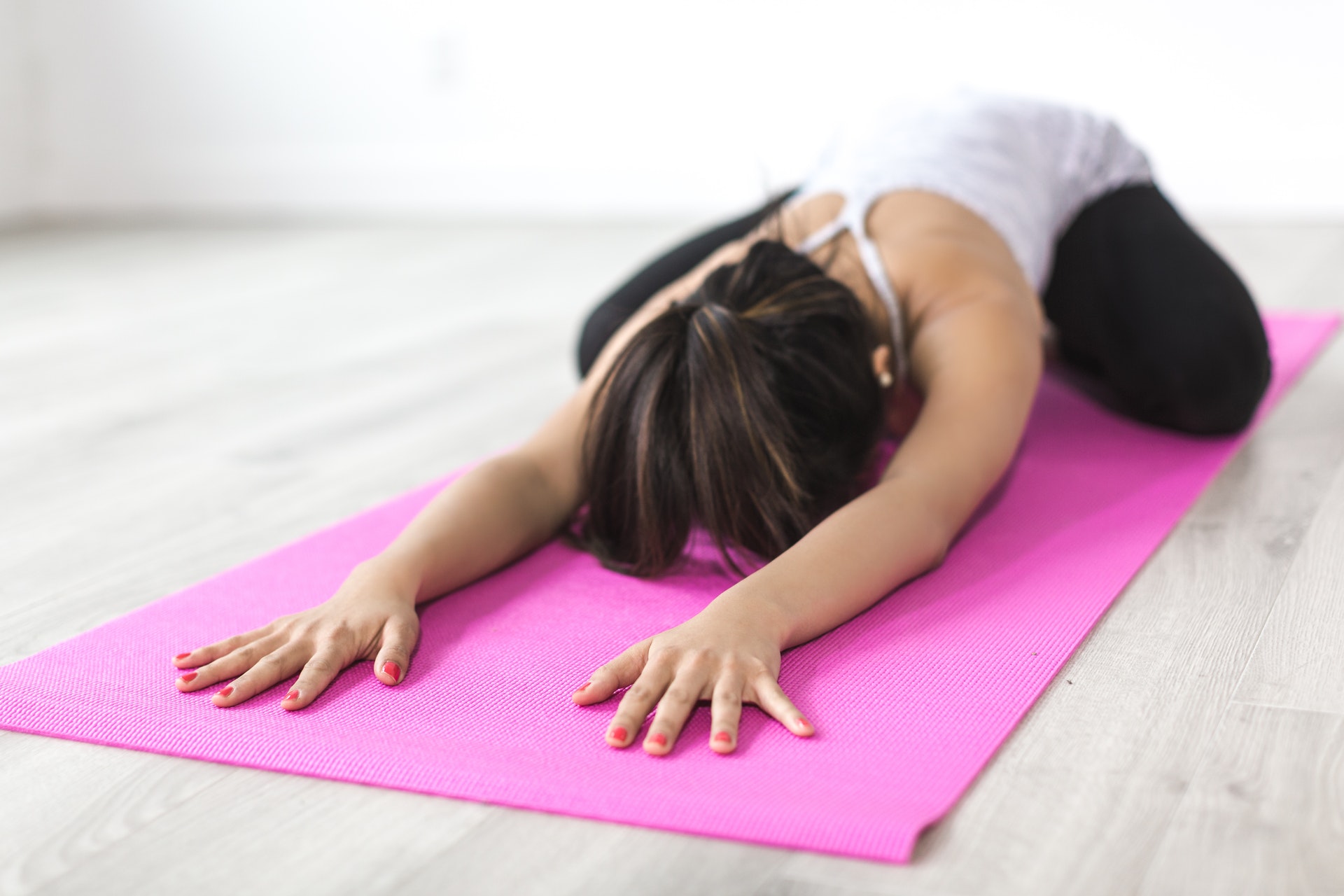
Body + Mind is reader-supported. We may earn an affiliate commission when you buy through some of the links on our site.
Why do dynamic and ballistic stretching matter? One runner warms up for their race by performing some slow, deep squats, arm circles and tai chi twists. Another plops into a straddle pose and starts repeatedly bouncing their chest toward the ground. Which athlete is more likely to get injured?
If you guessed the second one, you’re correct. Flexibility is a vital part of any exercise program, but you need to know what type of training to use and how to do so correctly to avoid injury. Please read on to discover the difference between dynamic and ballistic stretching and why it matters.
When it comes to flexibility training, you can choose one of three kinds of stretching. The method you pick depends on the stage of your workout and savvy in avoiding injury.
Dynamic stretching increases blood flow and increases your flexibility through slow movements that get synovial fluid flowing to your joints, preparing your body for the rigors to come. Therefore, you typically perform this type of stretching at the beginning of your workout.
Examples of dynamic stretching include deep, slow squats to warm up your quads and hamstrings while preparing your knees for impact and shoulder circles to get the blood flowing to your upper body. The crucial element to remember in this type of stretching uses muscular control, not momentum. Furthermore, you do not go beyond your range of motion when performing these movements.
If you have ever taken a yin yoga class, you’ve engaged in deep static stretching. This term refers to flexibility training that doesn’t use movement to increase your range of motion. Instead, you get into a position and hold it, allowing your muscles and deeper connective tissues to relax. You can use your breath to help facilitate the stretch, which many yoga guides emphasize during their sessions.
Ballistic stretches involve assuming a challenging position as you do in static stretches. However, it then incorporates an element of movement, using bouncy, jerky motions to extend beyond your range of motion, if only for a second or two. Unlike dynamic stretching, this methodology employs momentum to move you further than you would otherwise go.
If the above description of ballistic stretching made you say “ouch,” you are in good company. Many health experts advise against this methodology because it does not allow your muscles to relax and adapt to the new position. Instead, you could tear the fibers, leading to injury.
Think of your muscles and connective tissue like a rubber band you put in the freezer until it stiffens. If you take it out and begin working it, it will thaw and regain its former flexibility. It will do essentially the same if you only pull it ever-so-slowly. However, take it out and give it a yank, and it’s likely to snap in two.
Ouch is right.
However, you should use both dynamic and static stretching in your workout routines. Which one to choose depends on whether you are starting or ending your physical activity.
Dynamic stretches warm your body up and get it ready for action. They often take the form of a slower, more controlled version of the movements you intend to perform during the principal part of your workout. For example, if you are going for a run, you might march or jog in place, perform a few calf raises and some slow, deep squats before you start sprinting.
Static stretches help to elongate your muscle fibers after they’ve contracted during physical activity. They’re ideal for cooling down, and while experts say they won’t reduce delayed-onset muscle soreness (DOMS), they will preserve your range of motion, making you less likely to get injured if you turn or twist suddenly during the game or in daily life.
Here are some ideas for dynamic and static stretches that you can do every day. Why not start your morning with some dynamic versions like the ones below:
Likewise, why not wind down at night with some relaxing static stretches? You can perform these moves right in bed:
The next time you see someone performing bouncy, jerky stretches at the gym, give thanks that you now know better. Understanding the difference between dynamic and ballistic stretching can help keep you injury-free.